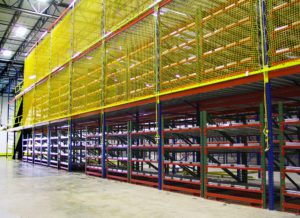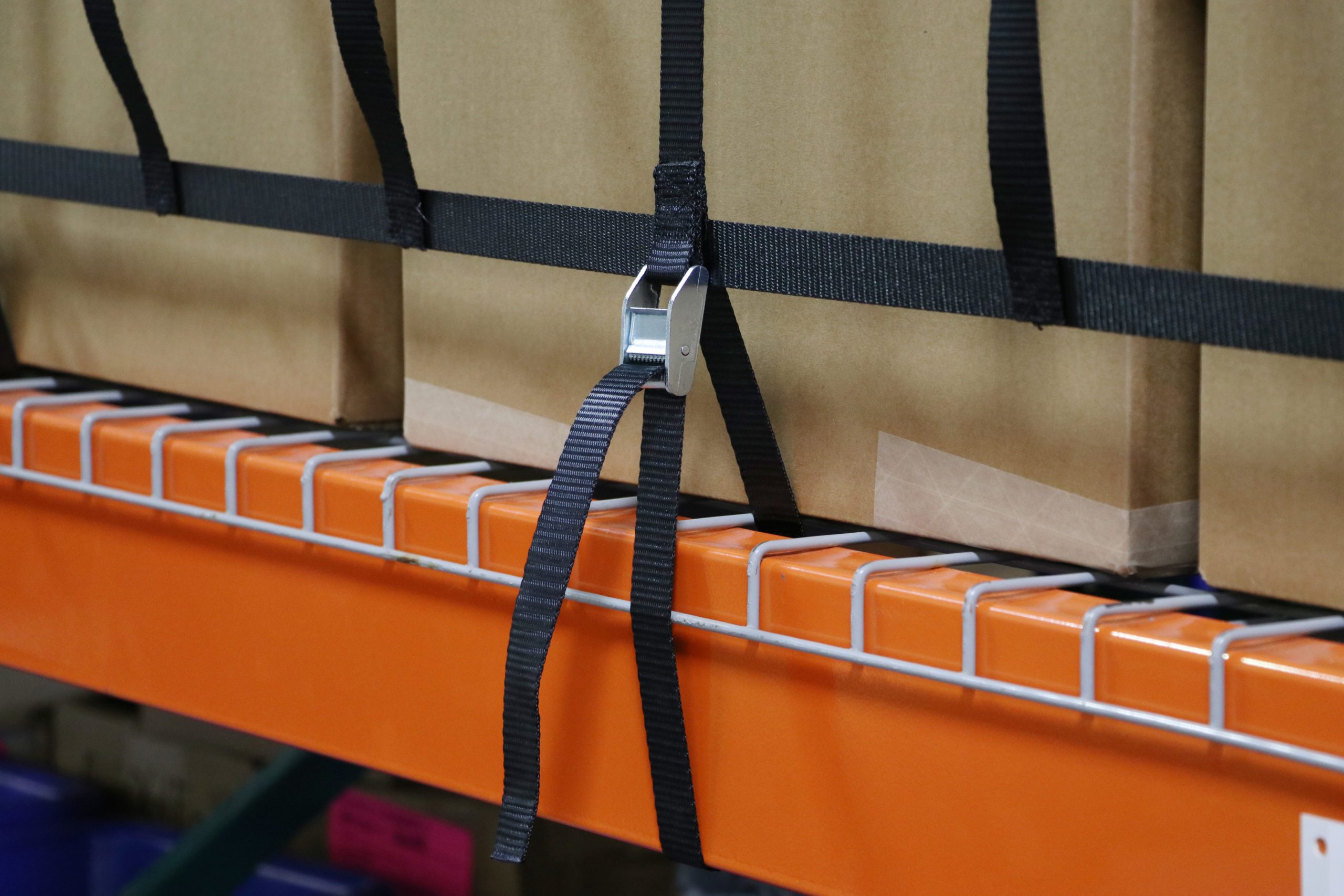Part I of an Informational Series From InCord Safety Netting Solutions
Warehouses are extremely active and potentially dangerous places. People, equipment and inventory are constantly in motion. All of this activity creates hazards – such as falling product. When proper precautions are not taken, bad things happen. People get hurt. Products get damaged or destroyed. Machinery and other items in the path are put at risk.
There are several ways to help mitigate these issues. A well-engineered safety netting system is one popular approach. The principle is rather simple: contain the product before it hurts someone, something, or is damaged. When sourcing and installing these systems, mistakes are often made. As a leading supplier of safety netting solutions, we’ve seen a lot of them over the years. Here are the most common system design and installation mistakes, and what you can do to avoid them:
- Top of Rack Considerations
 Often overlooked is the true height of the area needing protection. This extends beyond the top of the rack. Let’s imagine a vertical upright post that is 20 feet tall and the top beam is installed at the 20’ elevation. If anything is stored on that beam, it must be protected. It is the highest point above head level, and therefore the most hazardous position on a pallet rack! Ideally, taller uprights should have been used, say 25 feet – depending on the height of the inventory. This is often not the case. In retrofit situations, the solution is to have an extension system. This is installed onto the existing uprights, thus extending the height, and allowing for safety netting to extend above the top shelf.
Often overlooked is the true height of the area needing protection. This extends beyond the top of the rack. Let’s imagine a vertical upright post that is 20 feet tall and the top beam is installed at the 20’ elevation. If anything is stored on that beam, it must be protected. It is the highest point above head level, and therefore the most hazardous position on a pallet rack! Ideally, taller uprights should have been used, say 25 feet – depending on the height of the inventory. This is often not the case. In retrofit situations, the solution is to have an extension system. This is installed onto the existing uprights, thus extending the height, and allowing for safety netting to extend above the top shelf.
- Using Correct Attachments
 You know the old saying about the chain being as strong as its weakest link? It certainly applies to safety netting as well. Too often, we see folks trying to cut corners when it comes to the attachments. These serve an important purpose beyond simply securing the idle netting. They must sustain the entire load in the case of a tumble. We have seen people use inferior fastening methods, such as zip ties. These are going to eventually fail. When it comes to the attachments, please be wise and use what is recommended by the manufacturer.
You know the old saying about the chain being as strong as its weakest link? It certainly applies to safety netting as well. Too often, we see folks trying to cut corners when it comes to the attachments. These serve an important purpose beyond simply securing the idle netting. They must sustain the entire load in the case of a tumble. We have seen people use inferior fastening methods, such as zip ties. These are going to eventually fail. When it comes to the attachments, please be wise and use what is recommended by the manufacturer.
- Proper Installation
Proper installation of the netting system is also critical. In reality, it’s just as easy to set up a system improperly as it is to do it correctly. Common mistakes include incorrect installation of cable fittings or clamps. This can reduce the pull out by 40% or more! Our advice here is simple: follow the step by step installation manual closely. Don’t guess or cut corners.

As you can see, there is plenty of room for error when designing and installing a safety netting system. One simple mistake could put product, equipment and people at potentially serious risk. Our best advice: work with an experienced manufacturer that can help guide you through design, and a professional team to ensure proper installation. As the old saying goes, an ounce of prevention is certainly worth more than a pound of cure.






